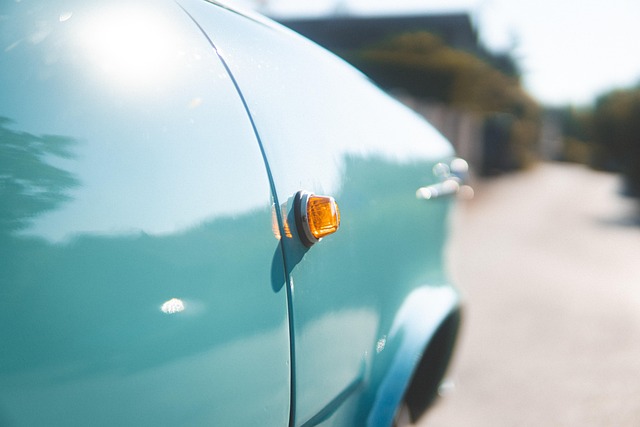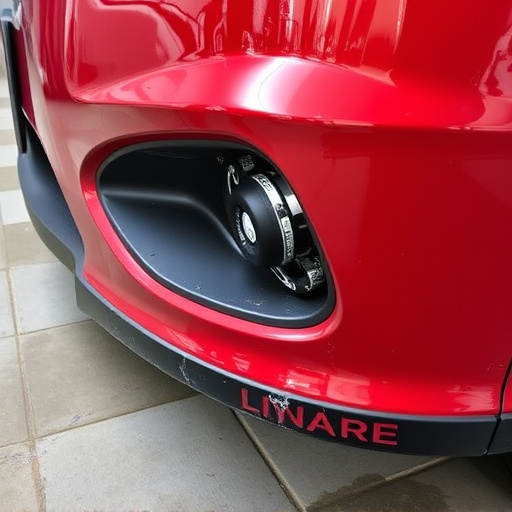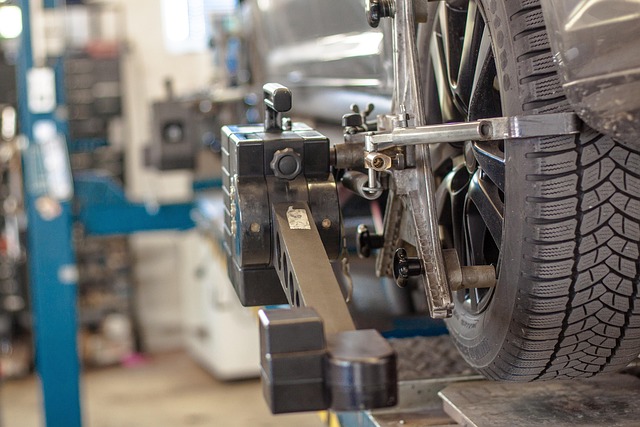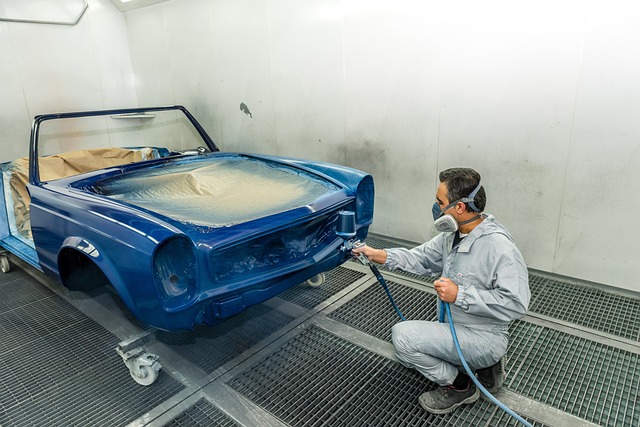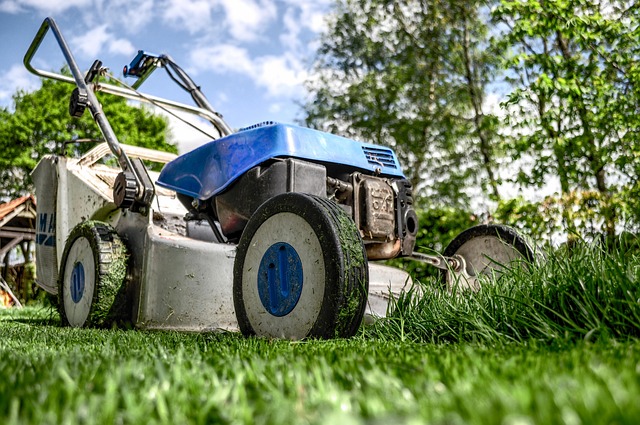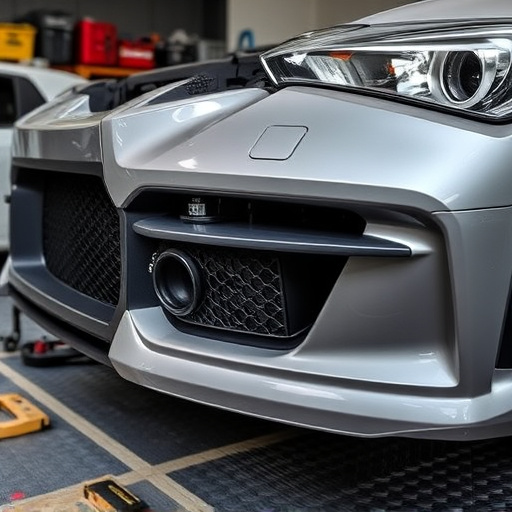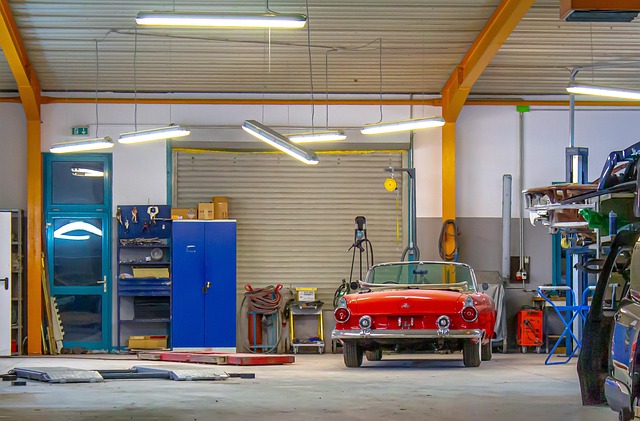A paint repair warranty safeguards consumers against defects in materials and labor after paint jobs or auto body restorations, but excludes natural processes like fading and oxidation due to normal wear and tear. To maximize coverage, review warranty terms carefully, document repairs with receipts, before-and-after photos, and material info, maintain open communication with service providers, and be aware of exclusions such as weather damage or improper care.
“Unsure if your paint repair warranty covers fading or oxidation? This comprehensive guide unravels the intricacies of these commonly overlooked issues. We explore ‘Understanding Paint Repair Warranties’ and dissect what’s covered, what isn’t, and why distinctions matter. Next, we delve into ‘Fading vs Oxidation,’ offering insights to differentiate between guaranteed and non-covered problems. Lastly, discover practical tips in ‘Navigating Claims’ to ensure fair coverage under your paint repair warranty.”
- Understanding Paint Repair Warranties: What They Cover and What They Don't
- Fading vs Oxidation: Distinguishing Between Covered and Uncovered Issues
- Navigating Claims: Tips for Ensuring Fair Coverage Under Your Paint Repair Warranty
Understanding Paint Repair Warranties: What They Cover and What They Don't
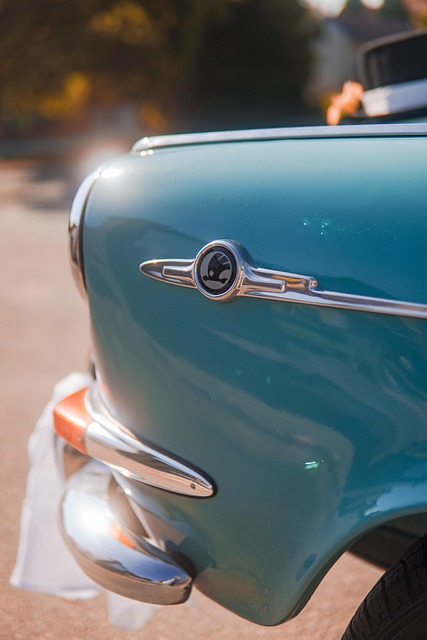
Paint repair warranties are designed to protect consumers and ensure quality workmanship after a paint job or auto body restoration. However, understanding what these warranties cover—and what they don’t—is crucial before agreeing to any repair services. Many automotive facilities offer paint repair warranties that guarantee against defects in materials and labor for a specified period. This typically includes coverage for chipping, cracking, and peeling, ensuring the freshly painted surface remains intact.
While these warranties provide peace of mind, it’s essential to note their limitations. Fading and oxidation are natural processes that can occur over time, even under ideal conditions. Therefore, paint repair warranties usually do not cover these cosmetic issues. In terms of car restoration or auto body painting projects, fading and oxidation are considered normal wear and tear, and warrantiers will typically direct customers to regular maintenance routines like reapplication of protective coatings to mitigate these effects.
Fading vs Oxidation: Distinguishing Between Covered and Uncovered Issues

When it comes to understanding what’s covered under a paint repair warranty, differentiating between fading and oxidation is key. While both can significantly impact the appearance of your vehicle, they are often treated differently in terms of warranty coverage.
Fading refers to the gradual loss of color vibrancy due to exposure to sunlight and other environmental factors. This is typically considered a cosmetic issue and is usually not covered by standard paint repair warranties. On the other hand, oxidation involves the chemical reaction of metal surfaces with oxygen and moisture, leading to rust or discoloration. Many collision repair services and car paint services do offer coverage for oxidation as part of their warranty, recognizing it as a more severe structural problem. A reputable collision repair center will be able to clarify what specific issues are included in their paint repair warranty, ensuring you’re aware of the scope of protection for your vehicle’s finish.
Navigating Claims: Tips for Ensuring Fair Coverage Under Your Paint Repair Warranty
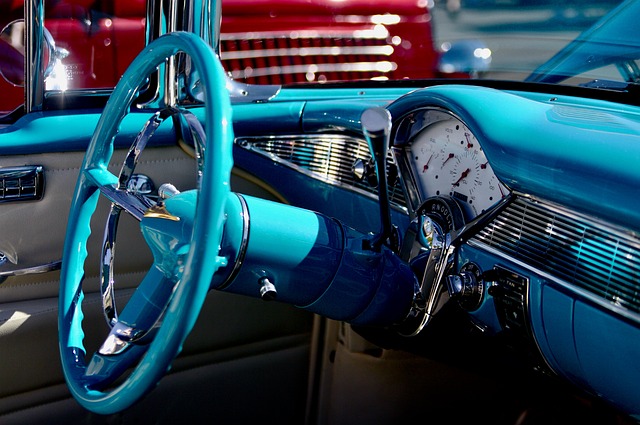
Navigating Claims: Tips for Ensuring Fair Coverage Under Your Paint Repair Warranty
When it comes to protecting your vehicle’s finish, understanding your paint repair warranty is paramount. Before submitting a claim, thoroughly review the terms and conditions to ensure fading or oxidation is covered. Remember that these warranties often have specific exclusions, such as damage from extreme weather conditions or improper care. Being aware of these details can help you anticipate potential issues and prepare robust claims.
To ensure fairness, maintain detailed records of all repairs and communicate openly with the service provider. Keep receipts, photos documenting the issue before and after repair, and any relevant information about the materials used. This documentation not only strengthens your claim but also serves as a reference for future maintenance or touch-ups. Additionally, don’t hesitate to ask questions; clarifications upfront can prevent misunderstandings later. By following these tips, you can confidently navigate claims process, leveraging your paint repair warranty effectively for quality vehicle protection and restoration services, be it auto painting, car paint repair, or vehicle repair services.
When it comes to protecting your vehicle’s finish, understanding the nuances of a paint repair warranty is crucial. While these warranties offer valuable coverage for various issues, fading and oxidation present unique challenges. By discerning between these two and following best practices for filing claims, you can ensure fair compensation for eligible repairs, maintaining the quality and value of your vehicle. Remember, knowledge is key when navigating the complexities of paint repair warranties.




